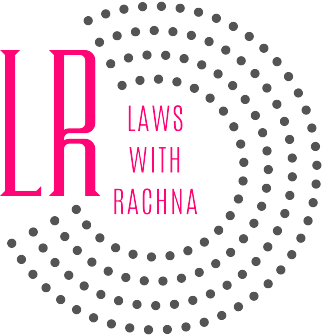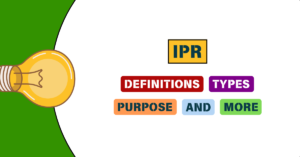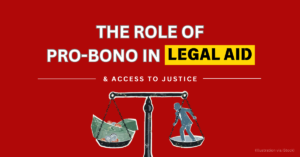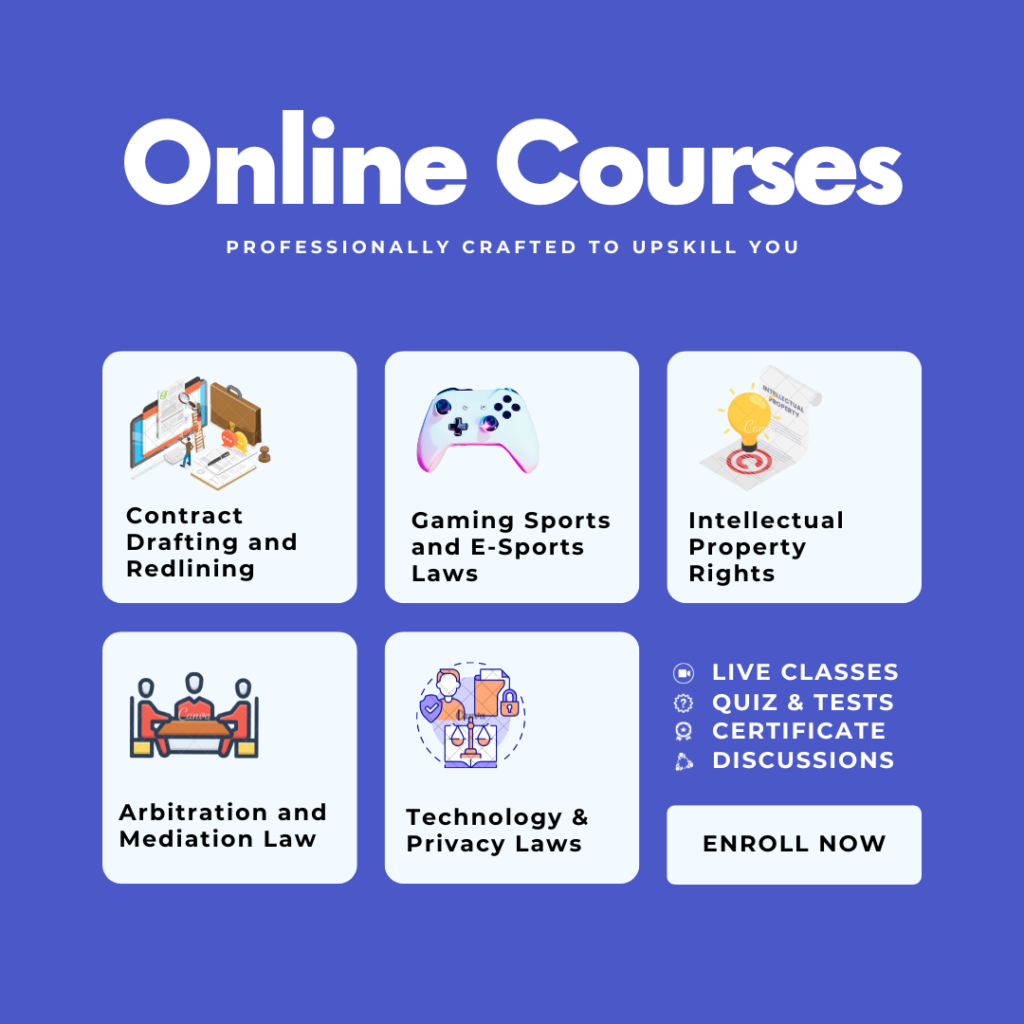This article has been written by Aishwarya MD, a 3rd-year law student at BMS College of Law.
INTRODUCTION
In today’s world, social media influencers hold a major leverage in influencing marketing strategies. Influencers, through different social media platforms such as Instagram, Facebook, and YouTube, create trends and enhance brand visibility. From posting pictures to making 60-second short videos, influencers showcase their creativity uniquely. Each influencer must think outside the box or come up with original ideas, different from the rest of them to stand out from the competitors. Copying content entirely from another influencer, without giving them credit for their ideas, could damage their reputation if they are called out by their audience or by the original creators themselves. Thus, there is a growing need to protect digital creativity by utilizing Intellectual Property Rights in this era.
Before understanding how to protect the IPR of influencers, we need to understand their economic and cultural influence on brand strategies. As the usage of the internet rises, Indian social media influencers and content creators build an energetic ecosystem of creativity and entrepreneurship. Through their online presence, influencers pave their path to becoming entrepreneurs themselves by starting with collaborations with brands. Influencers have the ability to connect with their audience on a personal level, which gives them an upper hand to promote the brands they work with. Some influencers have even expanded their collaborations to international brands. Brands generally reach out to influencers whose values and lifestyles align with their own goals to showcase them more on a personal and reliable level.1
UNDERSTANDING THE LINK BETWEEN IPR & INFLUENCER CONTENT
Influencers need to ensure that content created by others is not used as it is. There are two types of IP they need to protect while creating content in order to avoid conflicts i.e., Copyright and Trademark.
1. COPYRIGHT
Anything posted online on the internet, such as a post or an audio or a video, is all subject to copyright by the original creator. Copyright refers to ownership of original works. Content created by one need not necessarily be 100 percent original. Parts of the content from another creator, such as an idea, can be used in theirs as an inspiration. While doing so, there must be at least a little creativity and brainstorming involved, as wholly copying would be subject to copyright violation. Sometimes, influencers are open to the usage of their content by others in good faith as long as it’s not misused or used for financial gain. The issue only arises when credits are not given to the original owners. The legislation governing copyright in India is the Copyright Act, 1957. Although it doesn’t provide a specific clause regarding copyright in social media, it gives a brief overview of general copyright violations.2
Under this act, multiple classes of work are covered in reference to social media influencers. It includes dramatic works, musical works, artistic works, sound recordings, and cinematography works. While the law doesn’t directly extend to ideas, the way you choose to express or portray them can be copyrighted. The major benefit in copyrighting your content, is the ability to file for infringement of copyright in the court, in the case of misuse. When there is only minimal similarity in the works, it cannot be considered a violation of copyright. This is often referred to as “De minimis”. Indian case laws, to date, do not explicitly cover what does not constitute a copyright violation. This whole chaos of violation of copyright, can be avoided by registering for it.3
2. TRADEMARK
Trademarks are those that help identify and distinguish one company’s products from another. Consent must be taken from any brand whose logo or products are showcased on the influencer’s social media channels. When sharing content on social media, if there are any direct mentions of the brand, prior permission must be taken; if not, it would be violation of IP rights. In the most recent case of Marico Limited v/s Abhijeet Bhansali, Bombay High Court held the influencer liable for publishing misleading information about Parachute Coconut Oil belonging to Marico Ltd, on his YouTube channel.4
According to Trade Marks Act, 1999, any person or a celebrity can register for a trademark if it is related to a product or service in particular. It is based on the value or worth of a person rather than just their name. For example, Kim Kardashian, a celebrity and an influencer, has registered for trademarks in the USA for the advertising and entertainment sector.5 Her most notable service in the entertainment section is that of “Keeping Up with Kardashians”, a reality TV show focusing on the Kardashian family’s life.
LEGAL CHALLENGES
Now that we’ve understood how trademark and copyright is used by influencers, we can dig deeper into understanding the legal issues faced by influencers regarding Intellectual Property (IP).
The brand’s marketing team gives quite a lot of attention to influencers with good engagement rates and followers who can relate to the brand. This shows that influencers’ hard work does not go unnoticed, and their works, now considered ‘original works’, are gaining a lot of traction. The issue originates when the audience who have discovered the products through the influencer, experience something like an allergic reaction. In a situation like this, who should be held responsible? Is it the influencer promoting the product or the brand itself? Hence, it is important to establish a standard or code of ethics when engaging in influencer marketing. Authorities from all over the world have made provisions to regulate both the interests of influencers and consumers.6
In India, the Advertising Standards Council of India (ASCI) set the ‘Guidelines for Influencer Advertising in Digital Media’. It says that “any material connection between an advertiser and an influencer must be clearly disclosed”. This means that if the brand is paying an influencer to promote its products, the same must be disclosed. For example, if an influencer is making a video to promote a brand’s products, they must specify that it’s a paid promotion. Another point to be noted is that the influencer, before agreeing to promote products, must conduct their own background check to verify and check the accuracy of the claims made by the brand. This is done in the interest of the consumers, to ensure that there is no misleading content.
The role of platforms in handling Intellectual Property (IP) disputes, particularly YouTube, can be seen in a case that took place a decade ago. In November 2007, Super Cassettes Industries Limited (SCIL), who owned T-Series, a music record label, filed a suit against YouTube, a video sharing platform, for copyright infringement. YouTube, back then was allowing its users to post content on their platform using music copyrighted by T-Series. The Delhi High Court gave an interim relief in favour of T-Series to remove all content using their music. Eventually, this case was settled out-of-court.7 Taking this case as an example, influencers need to be extremely careful when it comes to using copyrighted content on their social media. The Intellectual Property (IP) framework, this time, is stronger than ever, and hence serves as a caution to influencers to protect themselves.
CONCLUSION
With power comes responsibility. Influencers have a great impact on this generation. They need to be well aware of their rights as well as be cautious at the same time about infringing other’s rights. Due to a lack of knowledge, influencers can fall prey to Intellectual Property (IP) law. They can make the most of it by investing in legal support in order to educate themselves and have a legal team backing them when collaborating with brands. Creativity is the backbone of the influencer community, but it shouldn’t come at the cost of their morality. By adopting a culture of mutual respect, where creators give credit to each other’s work, where brands advocate for originality, and where platforms implement a fair practice, the maximum potential of influencer culture can be unlocked.
- ‘Indian Social Media Influencers and Content Creators’ https://indiamap.com/stories/indian-social-media-influencers-and-content-creators accessed 20 November 2024. ↩︎
- Prachi Tyagi, ‘Social Media and Copyright: An Indian Perspective’ (2023) (28) JIPR https://www.i-scholar.in/index.php/JInctlPR/article/view/224151 accessed 21 November 2024. ↩︎
- ‘IPR for Social Media Influencers’ (Compliance Calendar) https://www.compliancecalendar.in/learn/ipr-for-social-media-influencers accessed 21 November 2024. ↩︎
- Social Media Influencers and Intellectual Property Rights’ (KIPG) https://www.kashishworld.com/blog/social-media-influencers-and-intellectual-property-rights/ accessed 21 November 2024. ↩︎
- Sharad Vadehra, Rachana Bishnoi and Daksh Oberoi ‘Should Celebrities Register their Names and Images as Trademarks in India?’ (Lexology, 4 October 2024) https://www.lexology.com/library/detail.aspx?g=b106ebbe-c10a-41dc-ab50-0a421fefc772 accessed 21 November 2024. ↩︎
- Sriranjini Garegrat, ‘Regulatory concerns and rights available for social media influencers under the law’ (iPleaders, 18 August 2021) https://blog.ipleaders.in/regulatory-concerns-and-rights-available-for-social-media-influencers-under-the-law accessed 21 November 2024 ↩︎
- Harprit Singh Kaurav and Rishi Dubey, The Legal Challenges and Opportunities in the Regulation of Over-the-Top (OTT) Platforms in India (2024) (5) (3) BLG https://burnishedlawjournal.in/wp-content/uploads/2024/07/The-Legal-Challenges-and-Opportunities-in-the-Regulation-of-Over-the-Top-OTT-Platforms-in-India-by-Harprit-Singh-Kaurav-Rishi-Dubey.pdf accessed 22 November 2024. ↩︎








